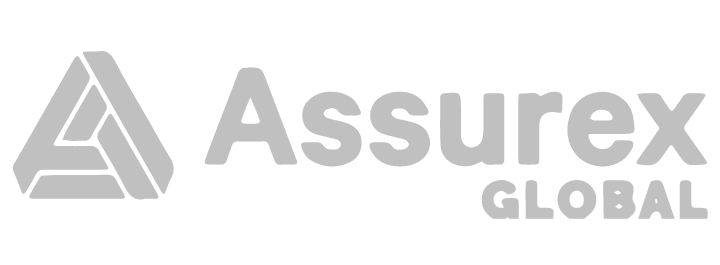
Your employees’ healthcare costs are rising every year–both in premiums as well as doctor visits and prescription drugs. They won’t need to look for ways to pay if money is already set aside to cover unplanned medical expenses. Additionally, they can refrain from taking on more debt than what is manageable to pay back. No matter the situation, there are multiple types of funding options and other innovative programs designed to help protect the health and savings of your employees and meet their needs.
HSAs
One consumer-driven approach many organizations offer is a high deductible health plan (HDHP) partnered with a health savings account (HSA). This is a great alternative to a more traditional health plan as it’s designed to empower employees to take control of their health and the dollars they spend on their care, both now and in the future.
HSAs offer the following advantages:
- Contributions are tax-free
- All growth and interest earnings are tax-free
- Withdrawals are tax-free when used for medical expenses
– May be taken out at any time by the account holder - Unused HSA funds roll over every year
Captive Insurance
It is understood that the goal of an insurance company—and, by extension, a captive—is to cover losses and give you more control over your risk and any eventual losses. In other words, captives are a different method of risk transfer that is employed to finance risk.
Captive insurance offers the following advantages:
- Reduced operating costs
- Investment income to fund losses
- Greater control over claims
- Smaller deductibles
- Incentives for loss control
Level Funding
A health insurance plan that is level-funded is one in which the employer pays a predetermined monthly premium to an insurance company or third-party administrator (TPA). These funds are deposited into an account by the insurance provider or TPA for the purpose of paying claims, stop-loss coverage premiums, and administrative costs.
Level funding offers the following advantages:
- Only pay for real claims made by employees
- Predictable and equal payments every month
- Company funding leads to lower risks and lower rates
- Your company owns the plan and has access to all data
- Exempt from state taxes on premiums
Self Funding
A self-funded group health plan is one in which the employer assumes the financial risk of directly providing health benefits to its employees, thereby eliminating obligations to a health plan provider.
Self-funding offers the following advantages:
- Visibility into plan performance
- More plan design and clinical outreach options
- Increased control over risk
- Transparent vendor compensation
- Fewer regulations and lower administrative costs
Reference-Based Pricing
Employers who use Reference-Based Pricing (RBP) plans can anticipate lower health care costs as well as greater employee involvement in healthcare choices. Employees in an RBP plan can start taking cost into account along with quality when choosing where to have a procedure thanks to established limits on specific services and increased cost transparency.
Some advantages of a RBP include:
- Transparent pricing
- Control over future reimbursements
- Well-developed and stable
- Increasing support for RBP across states
To learn more about how you can save money when it comes to health care costs and meet your employees’ needs with innovative plan designs, to reach out to our EB expert, Kathy Wood by email or connect with her on LinkedIn.




